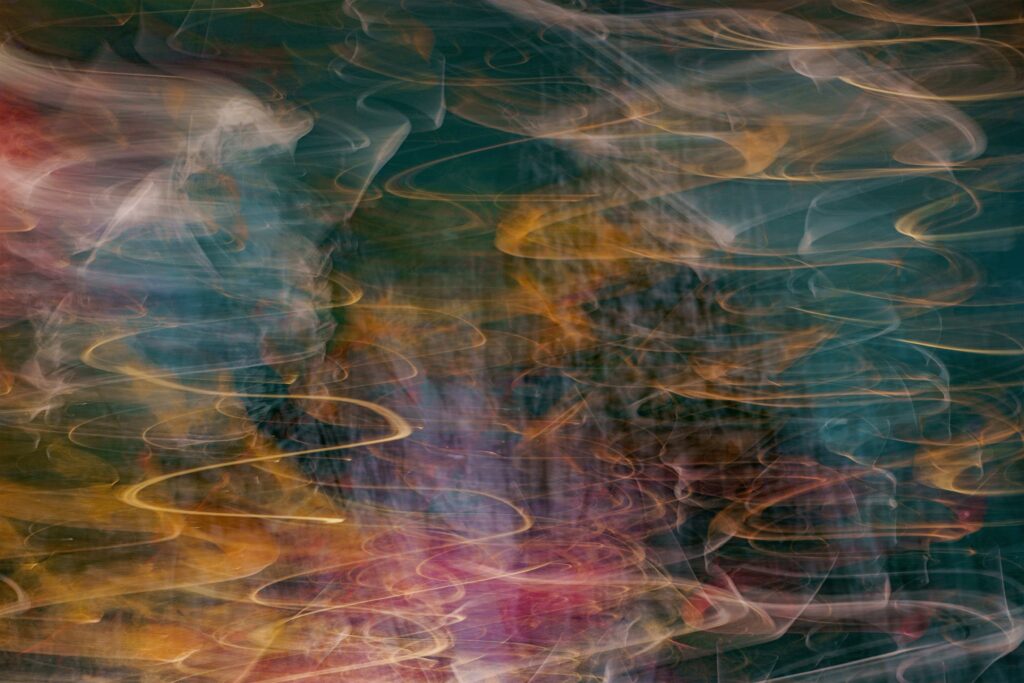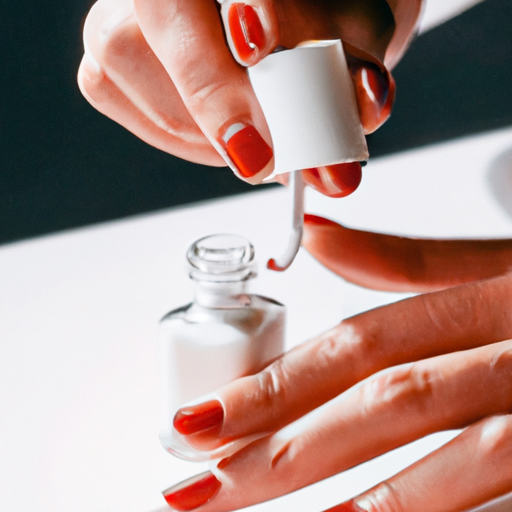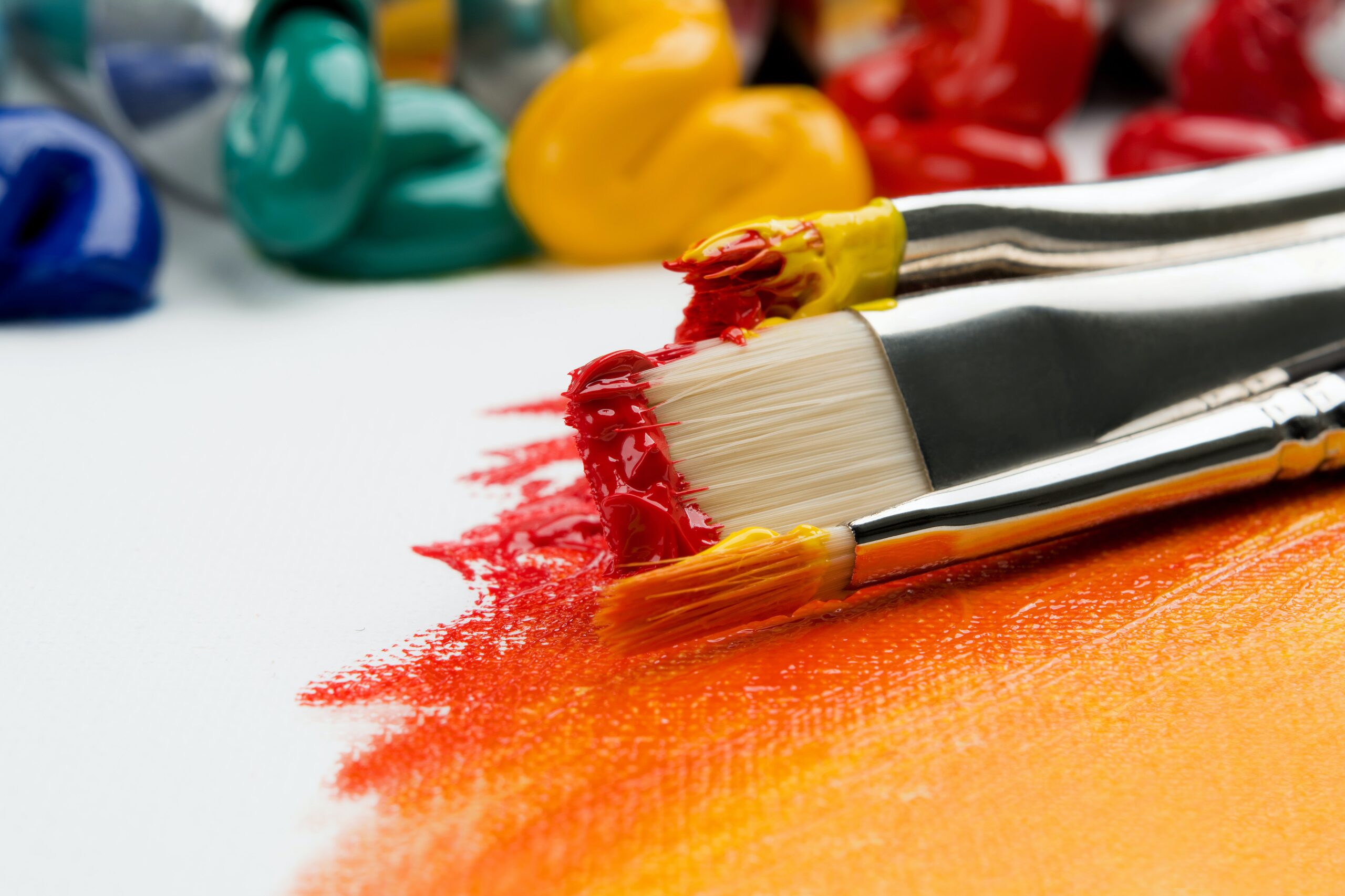In this article, you will learn the essential techniques for seamlessly painting shadows in acrylic. Whether you’re an experienced artist seeking to enhance your skills or a beginner eager to explore the world of acrylic painting, mastering the art of shadows is crucial to creating depth and realism in your artwork. By understanding the interplay of light and shadow, you will gain the ability to add dimension and bring your paintings to life.
This comprehensive guide will provide you with step-by-step instructions and valuable insights on selecting the right colors, achieving various shadow effects, and manipulating brush strokes to achieve realistic representations. Elevate your artistic abilities and unlock the secrets to capturing shadows in acrylic with confidence and precision.
Choosing the Right Acrylic Paints
Understanding Acrylic Paints
Acrylic paints are a versatile and popular choice among artists, known for their vibrant colors and quick-drying properties. Understanding the characteristics of acrylic paints is crucial when it comes to choosing the right ones for your painting project. Acrylic paints come in various forms, such as tubes, bottles, and jars, and different brands offer different levels of quality and pigmentation. It’s important to consider factors like lightfastness, permanence, and viscosity when selecting acrylic paints to ensure the best results in your artwork.
Selecting the Right Colors
When it comes to choosing the right colors for your acrylic painting, it’s essential to consider the mood and atmosphere you want to convey. Acrylic paints come in a wide range of colors, including primary colors, secondary colors, and a variety of shades and tones. It’s helpful to have a basic understanding of color theory, which involves understanding how colors interact with each other and how they can be combined to create various effects. Consider the subject of your painting and the emotions you want to evoke when selecting the colors for your palette.
Considering Opacity and Transparency
Opacity and transparency are important factors to consider when choosing acrylic paints, especially when working with shadows. Opacity refers to how opaque or solid a color appears, while transparency describes how translucent or see-through a color may be. When it comes to painting shadows, it’s generally best to choose paints with greater transparency. Transparent paints allow light to pass through, creating a more subtle and realistic shadow effect. However, the level of opacity or transparency you choose ultimately depends on your artistic vision and the desired outcome of your painting.
Gathering the Necessary Materials
Acrylic Paint Brushes
High-quality acrylic paint brushes are essential for achieving the desired texture and detail in your artwork. When painting shadows, it’s recommended to have a variety of brush sizes, including flat brushes for blocking in large areas and smaller round brushes for adding details. Synthetic brushes are commonly used for acrylic painting due to their durability and ability to hold and distribute paint effectively.
Palette or Mixing Surface
Having a suitable palette or mixing surface is crucial when working with acrylic paints. A palette provides a space for mixing and blending colors, allowing you to achieve the desired shade for your shadows. Options for palettes include traditional wooden palettes, disposable paper palettes, or glass palettes. Consider the ease of cleaning and the size of your palette when making your decision. Additionally, it’s helpful to have a palette with separate compartments or areas for keeping your mixed shadow colors organized.
Palette Knife
A palette knife is a versatile tool that can be used for mixing colors, applying paint to the canvas, and creating interesting textures. When painting shadows, a palette knife can be especially useful for achieving smooth transitions and blending colors. Consider a palette knife with a flexible blade and a comfortable handle that allows for easy manipulation of the paint.
Canvas or Painting Surface
Selecting the appropriate canvas or painting surface is important for achieving the desired effect in your artwork. Canvas boards, stretched canvases, or even specialized acrylic painting surfaces can be used. Consider factors such as size, texture, and durability when choosing your painting surface. For painting shadows, a smooth surface is generally preferred to allow for easier blending and glazing techniques.
Easel or Painting Station
Having a stable and adjustable easel or painting station is essential for comfortable painting sessions. An easel allows you to position your canvas at a convenient height and angle, preventing strain on your body and improving your overall painting experience. There are various types of easels available, including tabletop easels, tripod easels, and standing easels. Choose one that suits your needs and provides stability for your painting process.
Water Container and Cleaning Materials
Acrylic paints are water-based, which means you’ll need a water container for cleaning your brushes and diluting your paint. It’s important to have a dedicated water container for acrylic paints to avoid cross-contamination with other mediums. Additionally, keep some cleaning materials like paper towels or rags nearby to wipe off excess paint and maintain a clean working environment.

Preparing the Painting Surface
Primed or Gessoed Surface
Before you start painting shadows, it’s important to prepare your painting surface properly. Priming or gessoing a surface creates a smooth and protected surface that allows the paint to adhere better and enhances color vibrancy. Apply a layer of primer or gesso evenly on your canvas or painting surface using a brush or a palette knife. Allow it to dry completely before starting the painting process.
Creating a Tonal Underpainting
A tonal underpainting is a layer of paint applied to the canvas before starting the actual painting. It helps establish the overall tonal values and sets the foundation for the shadows. Use a mix of neutral colors, such as grays or browns, and apply them to the canvas using thin washes. This underpainting will serve as the base for building up the shadows and creating depth in your artwork.
Sketching the Subject
Sketching the subject before painting can help you plan and visualize where the shadows will fall. Use a pencil or charcoal to lightly sketch the main elements of your composition, paying particular attention to the areas that will be in shadow. This preliminary sketch will act as a guide during the painting process and ensure accurate placement of the shadows.
Understanding Light and Shadow
Importance of Light and Shadow in Painting
Light and shadow play a crucial role in creating depth, dimension, and realism in paintings. Shadows define the form, highlight contours, and can drastically affect the mood and atmosphere of a painting. Understanding how light interacts with objects and the way shadows are cast is fundamental for capturing the essence and realism of your subject matter.
Observing and Analyzing Light Sources
When painting shadows, it’s essential to observe and analyze the light sources in your scene. Whether it’s natural light or artificial light, understanding the direction, intensity, and color temperature of the light will help you accurately depict the shadows. Study how the light falls on your subject and determine where the shadows will be cast based on the positioning of the light source.
Identifying Light, Midtone, and Shadow Areas
To achieve realistic shadows, it’s important to identify the areas of light, midtone, and shadow in your composition. Light areas represent the parts of the subject directly hit by light, midtones are the transitional areas, and shadows are the darkest areas where the light is blocked or diminished. Accurately capturing the different values of these areas will bring depth and dimension to your shadows.

Choosing the Right Shadow Colors
Mixing Shadows with Complementary Colors
When selecting colors for shadows, consider using complementary colors to create depth and contrast. Complementary colors are opposite each other on the color wheel, such as blue and orange or red and green. Mixing a complementary color with the base color of your subject will help create a more natural and balanced shadow. Experiment with different color combinations to find the right mix for your desired effect.
Using Cool or Warm Shadows
Another consideration when choosing shadow colors is to determine whether the shadows should be cool or warm. Cool shadows tend to have blue or green undertones, while warm shadows have red or orange undertones. The choice between cool and warm shadows depends on the overall mood and lighting conditions of your painting. Cool shadows can create a sense of tranquility or coldness, while warm shadows can convey warmth and a sense of coziness.
Considering Values and Tones
To achieve realistic shadows, it’s important to consider the values and tones of your colors. Values refer to the lightness or darkness of a color, while tones describe the variations within a single color. Shadows tend to be darker in value and have a lower tone than the surrounding areas. Pay attention to the value and tone relationships in your painting to accurately represent the shadows and create the desired visual impact.
Blocking in the Shadows
Applying Base Color for Shadows
Once you have chosen the appropriate shadow colors, start by blocking in the shadows with a base color. This base color should be a midtone shade that closely resembles the overall hue of the shadow areas. Use a flat brush to apply the base color to the appropriate areas of your painting, ensuring even coverage and clean edges.
Blocking in Large Shadow Areas
For larger areas of shadow, it’s best to block them in with broader brushstrokes or larger brushes. This will help establish the general shape and tonal values of the shadows before adding more refined details. Working with larger brushes also allows for quicker coverage, making the painting process more efficient.
Using Thin Layers and Transparent Paints
To create depth and transparency within the shadows, it’s advisable to work in thin layers using transparent paints. Transparent paints allow the previous layers to show through, creating a more nuanced and realistic shadow effect. Apply thin layers of paint over the base color, gradually building up the desired intensity and depth of the shadows. Be patient and allow each layer to dry before adding the next, ensuring that the previous layers remain visible.

Creating Gradations and Transitions
Blending Shadows with Gradations
To achieve smooth transitions and gradations within the shadows, blending techniques are essential. Use soft brushstrokes or a dry brush technique to gradually blend the shadow colors into the surrounding areas. Gradations help create a sense of depth and realism, and they can be achieved by gently blending the colors while they are still wet or by layering thin glazes of paint.
Using Wet-on-Wet Technique
The wet-on-wet technique involves applying wet paint onto a wet surface, allowing the colors to blend and merge seamlessly. This technique is particularly useful for creating soft and subtle transitions within the shadows. Keep a spray bottle of water nearby to keep the surface moist and blend the wet paint before it dries. Experiment with different brush techniques and pressures to achieve the desired gradient effect.
Creating Smooth Transitions
Smooth transitions within the shadows enhance the overall realism and three-dimensionality of your painting. Avoid harsh edges or abrupt color changes by carefully blending the shadow colors with adjacent areas. This can be achieved by gently feathering the edges with a soft brush or by using a dry brush technique to soften the transitions. Pay close attention to the light source and the way it interacts with the shadows to ensure accurate shading and smooth transitions.
Adding Depth and Contrast
Layering Shadows for Depth
To add depth to your shadows, consider adding multiple layers of paint. The layering technique involves applying thin washes or glazes of paint over the base color, gradually building up the darkness and intensity of the shadows. Allow each layer to dry before adding the next one to maintain the transparency and luminosity of the previous layers. With each layer, the shadows will become richer and more defined, emphasizing the depth and dimensionality of your artwork.
Adding Contrast to Enhance Shadows
Contrast is important in creating realistic shadows that stand out and enhance the overall composition. To achieve contrast, carefully consider the tonal values and make the shadows significantly darker than the surrounding areas. This contrast will create a strong visual impact and make the shadows appear more realistic and convincing. Adjust the darkness of the shadows accordingly to ensure that they add depth and drama to your painting.
Using Glazing Techniques
Glazing is a technique that involves applying thin, translucent layers of paint over dry layers. This technique can be particularly effective for adding depth and richness to your shadows. Use a glazing medium or a mixture of paint and gloss medium to create a thin glaze, and apply it selectively over the shadow areas. This layering technique will allow the light to pass through the glaze, creating a luminous effect that enhances the depth and contrast of your shadows.
Creating Texture and Detail
Drybrushing Shadows for Texture
Texture adds interest and realism to your painting, even in the shadow areas. Dry brushing is a technique that involves applying paint to the surface with a dry brush, resulting in a rough, textured effect. Consider using a dry brush technique to add texture to your shadows, such as the roughness of tree bark or the unevenness of a textured wall. Experiment with different brush sizes and pressures to create the desired texture within the shadows.
Adding Highlights and Details
Highlights and details within the shadows can greatly enhance their realism and make them appear more three-dimensional. Once the base shadows are blocked in, carefully observe the subject and identify the areas where light may catch or reflect within the shadows. Use a smaller brush and a lighter tone to add these highlights and details, ensuring that they are strategically placed to maintain the overall integrity of the shadows.
Using Different Brush Techniques
Different brush techniques can help add depth and interest to your shadows. Experiment with various brushstrokes, such as stippling, cross-hatching, or scumbling, to create textural effects and enhance the appearance of the shadows. Consider the subject matter and the desired effect when choosing the appropriate brush technique for your painting. Practice and experimentation with different brushes and techniques will allow you to achieve a unique and personal style in depicting shadows.
Reviewing and Adjusting Shadows
Stepping Back and Assessing the Painting
Periodically stepping back and assessing your painting is crucial to ensure that the shadows are working harmoniously with the overall composition. Take breaks during the painting process and view your artwork from a distance. This will allow you to evaluate the placement, values, and overall impact of the shadows. Analyze the shadows in relation to the light source and adjust them accordingly to maintain accuracy and realism.
Making Adjustments to Shadow Colors or Values
During the review process, you may find the need to make adjustments to the shadow colors or values. This could involve lightening or darkening certain areas, refining the transitions, or tweaking the hue of the shadows. Use thin layers of paint to make these adjustments, gradually building up the desired changes. Be patient and observe the overall effect of your changes before making further adjustments.
Refining Edges and Softening Shadows
To create a more realistic and natural appearance, it’s important to refine the edges and soften the shadows where necessary. Shadows are not typically hard-edged, so use a soft brush or a dry brush technique to lightly soften the edges and create a sense of diffusion. Pay attention to the subject matter and the degree of softness or sharpness that is appropriate for your painting. Refining the edges and softening the shadows will create a more polished and professional-looking finished painting.
In conclusion, painting shadows in acrylic requires careful consideration of color selection, surface preparation, and application techniques. By understanding the characteristics of acrylic paints, gathering the necessary materials, and following a systematic approach, you can create realistic and visually appealing shadows in your artwork.
Understanding the interplay of light and shadow, choosing the right shadow colors, carefully blocking in the shadows, and refining them with gradations, depth, and detail will result in a painting that captivates viewers and showcases your skill as an artist. With practice and experimentation, you’ll be able to master the art of painting shadows in acrylic and create stunning and dynamic works of art.



